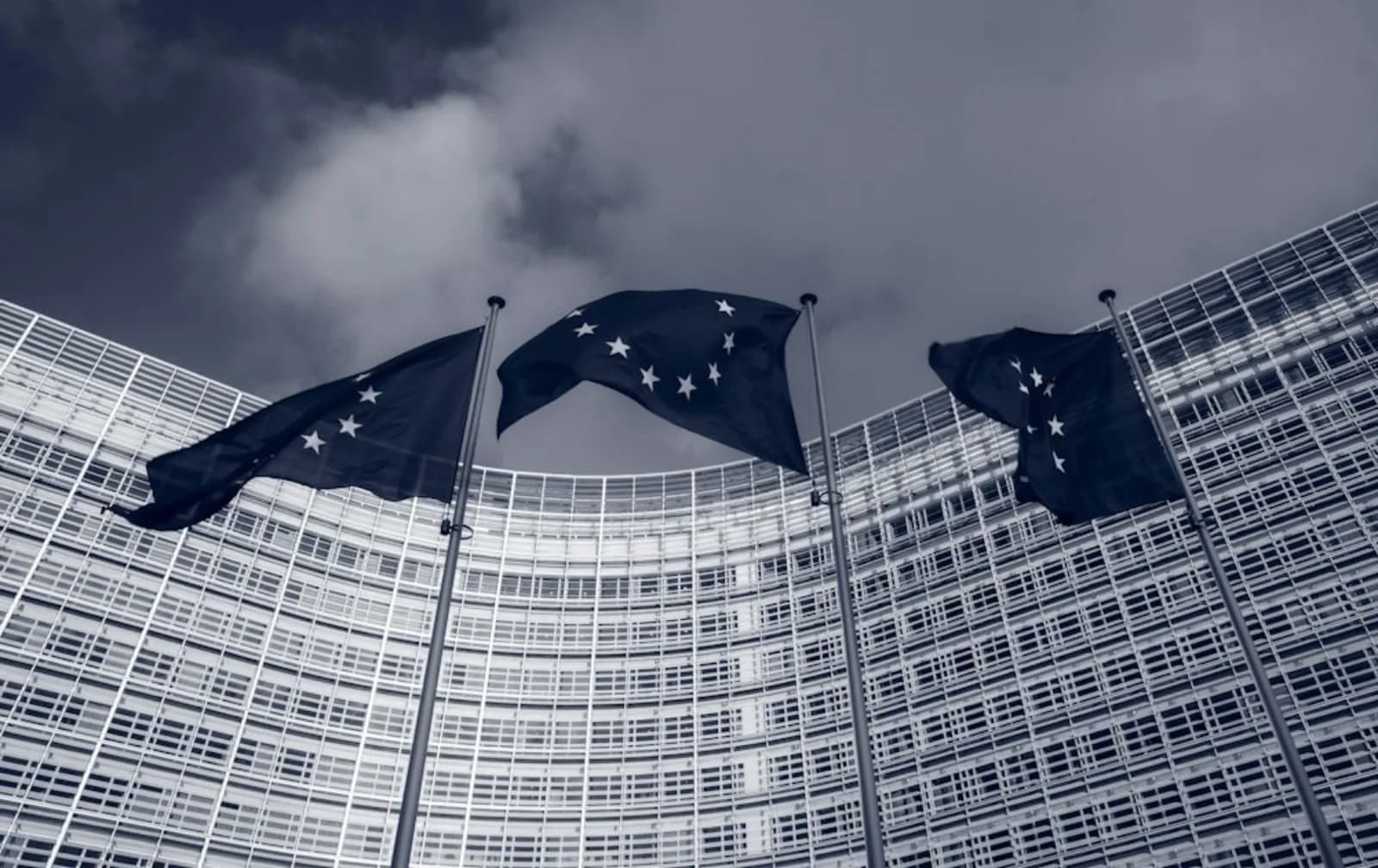Are you ready for the upcoming EU Directive Pay Transparency?
In May 2023, the European Commission agreed to a new directive on equal pay and pay transparency. This directive outlines measures promoting pay transparency, including providing pay details for job seekers, ensuring the right to know the pay levels for employees engaged in similar or equivalent work, and imposing gender pay gap reporting requirements on companies with over 100 employees (both public and private organizations). EU member states must incorporate this directive into their national legislation within two years.

Important insights
- The EU Directive Pay Transparency asks for transparency on potential pay gaps
- All EU member states have two years to implement this into local legislation
- All organizations with more than 100 employees must report at least every three years on their pay gap
- Starting now with collecting data and analyzing potential gaps shows the organizations’ commitment to pay equity
Equal pay for equal work
It sounds more than logical, but even in 2024, there is still a big difference between men's and women's salaries. Within Europe, women earn, on average, 13 per cent per hour less than men. Regarding equal pay for equal work, men earn 6 per cent more, and this number is only slowly decreasing. Despite the presence of regulations addressing gender discrimination, the intended impact on achieving pay equity has not been realized. By enhancing transparency and awareness of pay disparities, the new directive seeks to reduce gender pay gaps and promote equal pay for equal work.
What the EU Directive Pay Transparency entails
The directive incorporates measures to enhance pay transparency. It requires employers to inform their employees about the criteria for determining pay levels and pay development before and during employment. It also mandates employers to establish pay structures that guarantee equal pay for equivalent work. Additionally, the directive empowers victims of (pay) discrimination to assert their right to equal pay and seek full compensation.
Next, companies with over 100 employees must be transparent about their salaries and any potential pay gaps, including base and variable pay. Due to the directive, employees have the right to request information about their colleagues' salaries. This means that when employees suspect a violation of the principle of equal pay, the employer is responsible for demonstrating otherwise.
Organizations with a 5 per cent or more pay gap in specific employee groups must conduct a joint pay assessment with the worker's representatives and formulate an action plan to narrow the gap. Additionally, fines can be imposed on employers who violate the rules.
All EU employers with more than 100 employees must comply with the upcoming directive in the following years:
- Employers with over 250 employees must first report in June 2027, followed by annual reporting thereafter
- Employers with 150-249 employees must first report in June 2027, followed by reporting every three years thereafter
- Employers with 100-149 employees must first report in June 2031, followed by reporting every three years thereafter
The time to start gaining insight is now!
While it seems there is still some time left to comply with the EU Directive Pay Transparency, organizations should start gaining insights now. Early action not only demonstrates a commitment to transparency but also allows organizations to report more favorable numbers, rather than risking the revelation of less positive data. Proactively addressing pay gaps contributes positively to an organization's reputation, portraying it as forward-thinking and dedicated to fostering an equitable work environment.
Moreover, waiting for the official reporting period may present challenges, particularly in collecting comprehensive pay information. The inclusion of variable pay and other intricate components demands thorough data gathering, and the process can be more complex than anticipated. By starting the investigation now, organizations can streamline data collection processes and address any discrepancies promptly, showcasing a commitment to fair pay practices. This approach aligns with principles of transparency and positions the organization as proactive in promoting equality and fairness within its workforce.
At last, waiting for the directive to be implemented means there is a chance a pay gap remains present for the upcoming years. Gaining insight now into a potential pay gap means the organization can take alternative steps to redeem this.
Next steps
The EU Directive is not merely a legal requirement; it is a catalyst for positive change. As we navigate the road to pay transparency, let's embrace it as an opportunity to foster an equitable work environment, with equal rights and opportunities for all employees.
Highberg recommends starting with a study into pay equity to tackle possible pay gaps in an organization. Contact Gido van Puijenbroek or Emmy Kooloos to get started right away or contact us down below.
Related insights

